Here are eight ways race organisers could make Grand Tours more exciting
Don't worry, making GC contenders run halfway up climbs isn't one of them
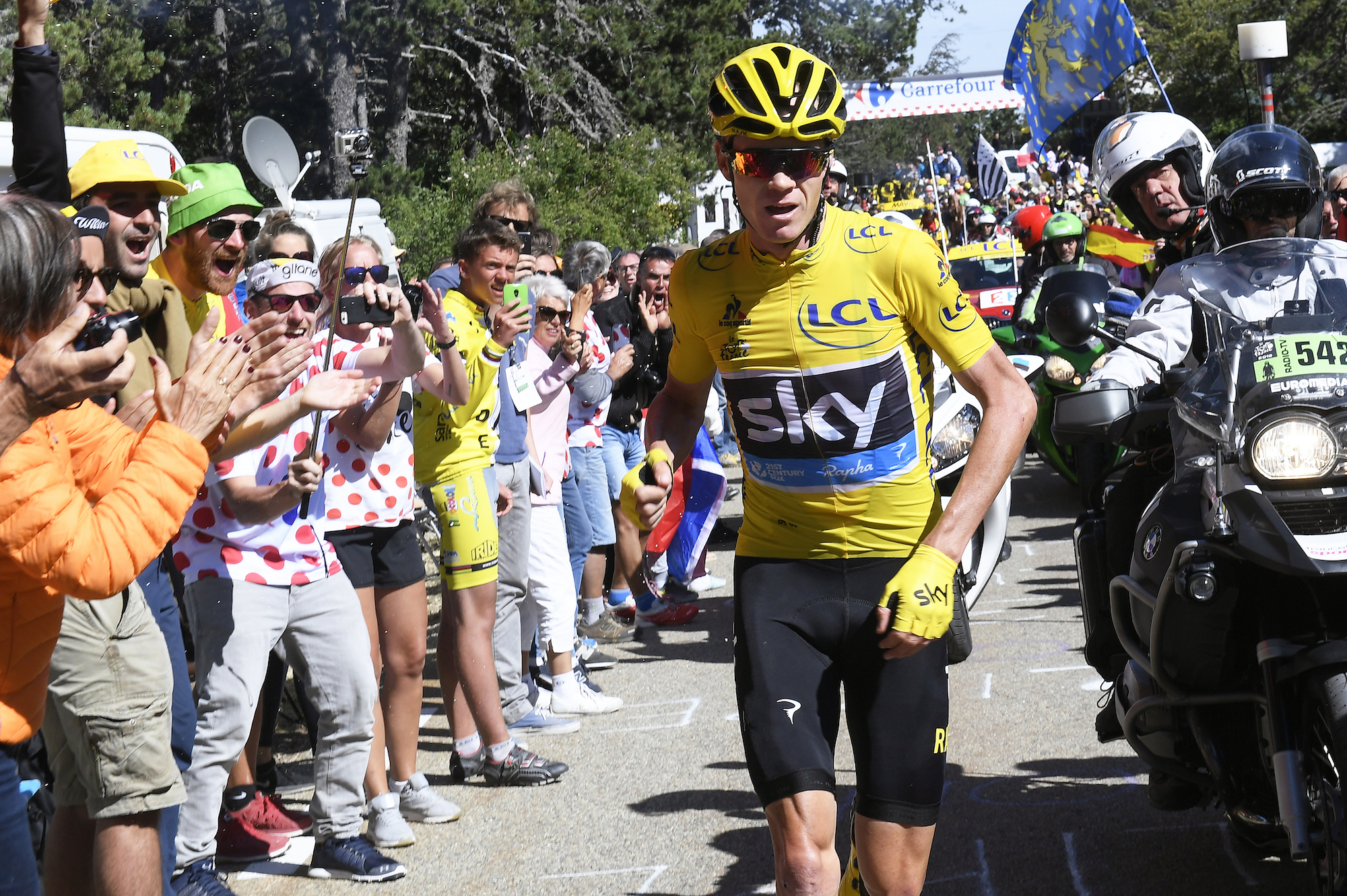
Chris Froome running up Mont Ventoux during stage 12 of the 2016 Tour de France (Tim De Waele/Getty)
An accusation often levelled at Grand Tours, that once again reared its head during the Giro d'Italia 2019, is how boring they can sometimes be.
Day after day of monotonous, undulating countryside. Sure, it's nice to see a bit of Europe from the comfort of your sofa, but after a while it all blurs into one.
Now of course, we're not saying that all Grand Tours are boring. Obviously they're not, otherwise we wouldn't bother watching them.
But sometimes they can be a little on the dry side, so we've come up with a few suggestions for Monsieur Prudhomme and the others, of how they can make their Grand Tours more exciting to hush the naysayers up once and for all.
Smaller teams
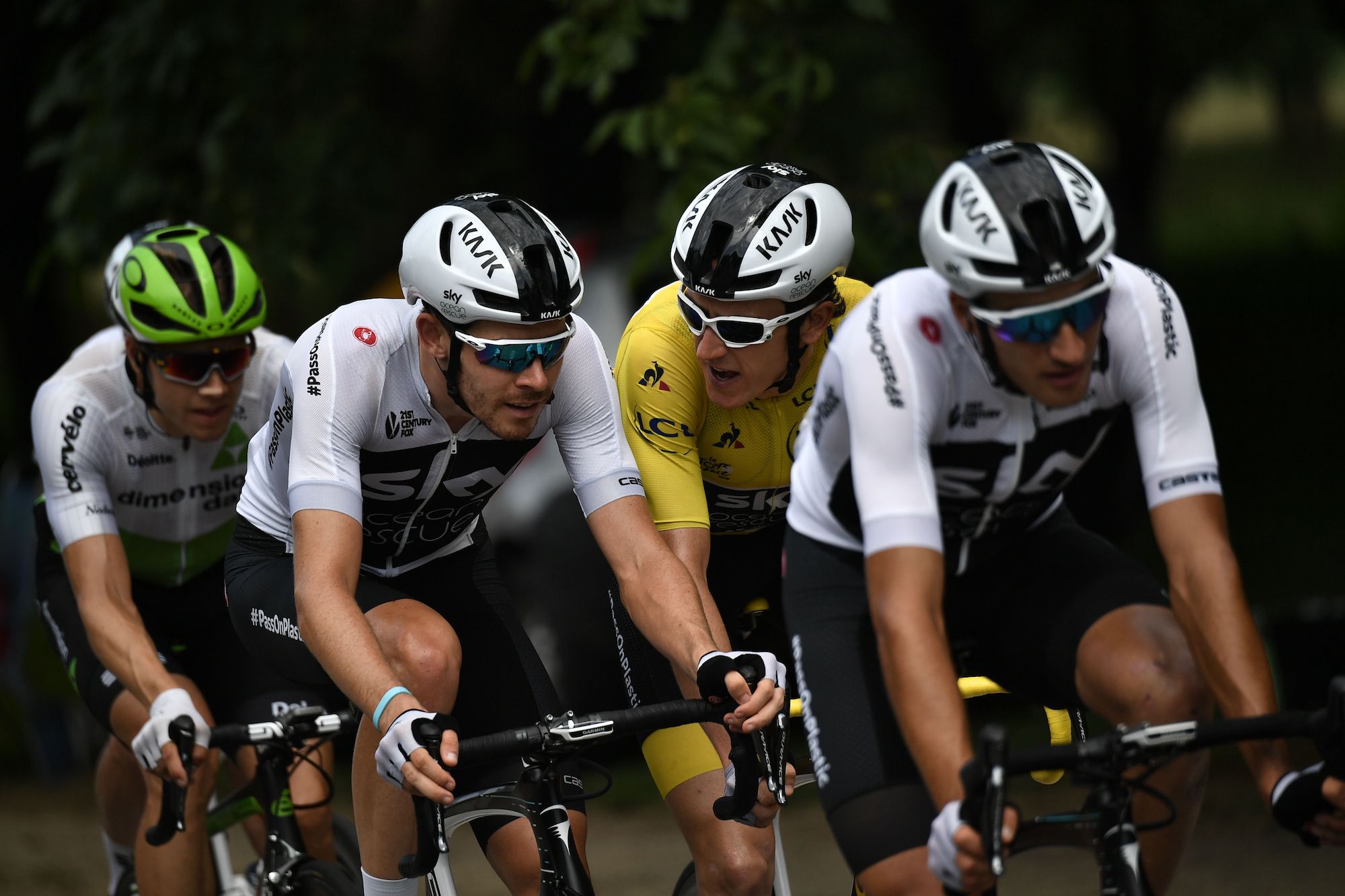
In recent Grand Tours we've seen the evolution of the 'Sky train', whereby Team Sky (now Ineos, of course) protect their team leader, who is either winning the race or looking to win the race, by setting a phenomenal pace on the front of the peloton, staving off many potential attacks. Obviously this isn't a new tactic, but Sky did it so well that they sometimes completely starved the race of action.
The likes of Luke Rowe would marshal the bunch along the flat with a Wout Poels or Egan Bernal taking over when the race started going uphill. How do you stop teams with the strongest rosters from dominating three-week stage races? Reduce the number of riders in each team.
Get The Leadout Newsletter
The latest race content, interviews, features, reviews and expert buying guides, direct to your inbox!
Of course, this has already happened, with the UCI reducing Grand Tour teams from nine riders to eight for the 2018 season, on the grounds of rider safety, but why not go further?
The previous reduction saw the peloton decrease from 198 riders to 176, so limiting each team to seven, six or even five riders would mean the helicopters would capture a much less impressive bunch traversing Italy, Spain or France. But what about if you invited more teams along to make up the numbers? This would make the Pro Conti teams a whole lot happier as well.
A reduced number of riders per team would put an even greater strain on race leaders and their teams, making it more the case that the eventual winner has won based on their own merits, not just the strength of their team.
This reduction of a single team's ability to bring the race back together would also make breakaway's more likely to succeed, or at least put a greater emphasis on team's collaborating to bring back a group of escapees. And if we can't get a win for cycling, then I guess a win for friendship is a good runner-up prize.
Shorter stages
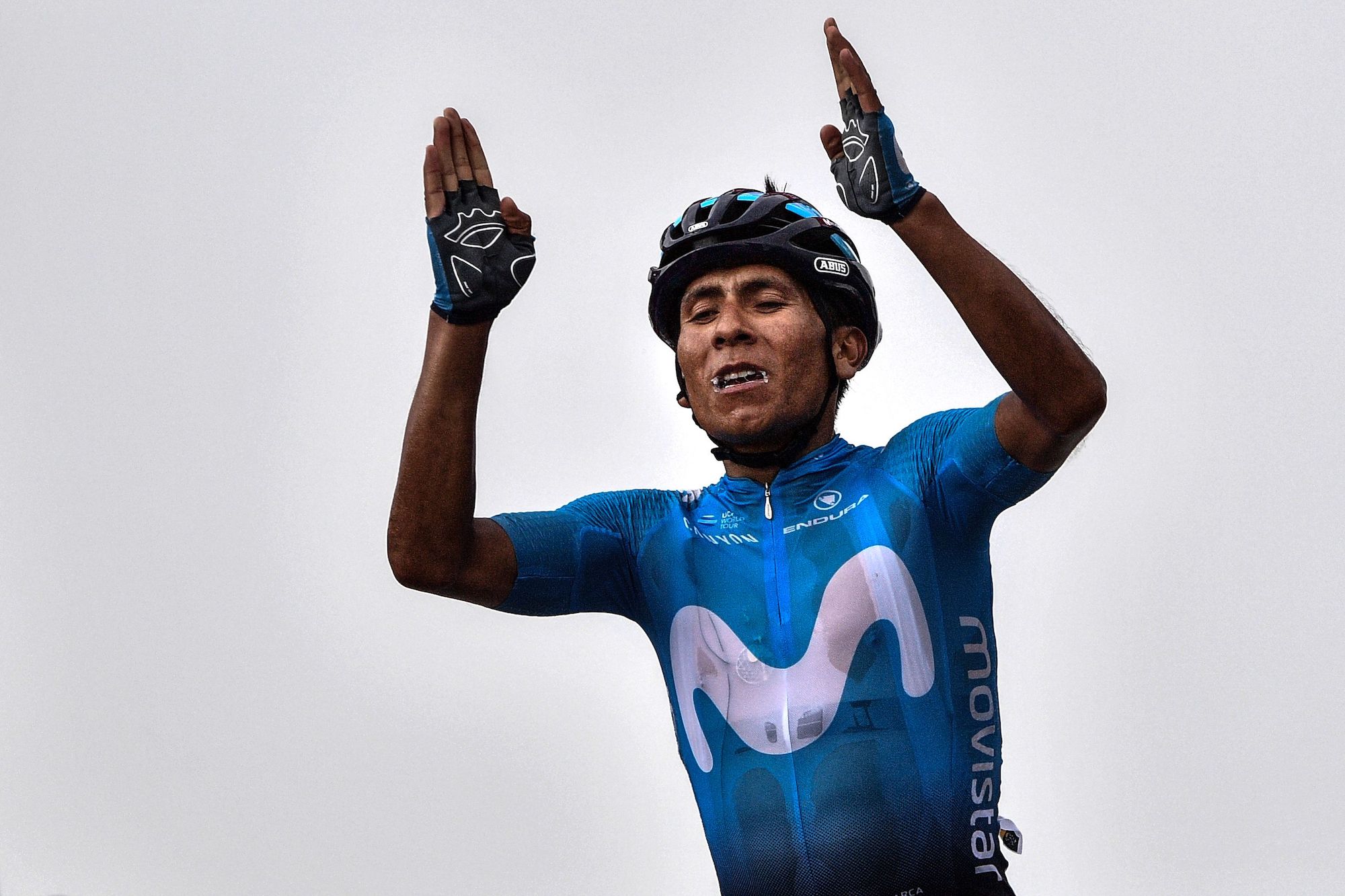
While there is nothing better than sitting in front of a 200km stage of the Tour de France in the first week of July, the novelty wears off fairly quickly.
There are only so many Wanty-Groupe Gobert riders getting into a breakaway that I can stomach, only so much space in my brain for all of the information the commentators trot out about the various chateaus around France.
Sure, the 65km-long stage 17 of the Tour de France 2018 didn't quite explode in the way organisers hoped, with Team Sky setting the pace over the first two climbs before Nairo Quintana (Movistar) rode to victory up the Col du Portet.
However, if we already have the smaller teams, that makes it way more likely that these shorter stages will explode. Say, like in stage 17, you start climbing nearly as soon as the flag drops and you have a number of GC guys a few minutes back, having fewer team members to bring the race back together and fewer kilometres to have to stay away for will likely encourage attackers to peel off the front and animate the race from the get go.
Gimmicks to provide talking points
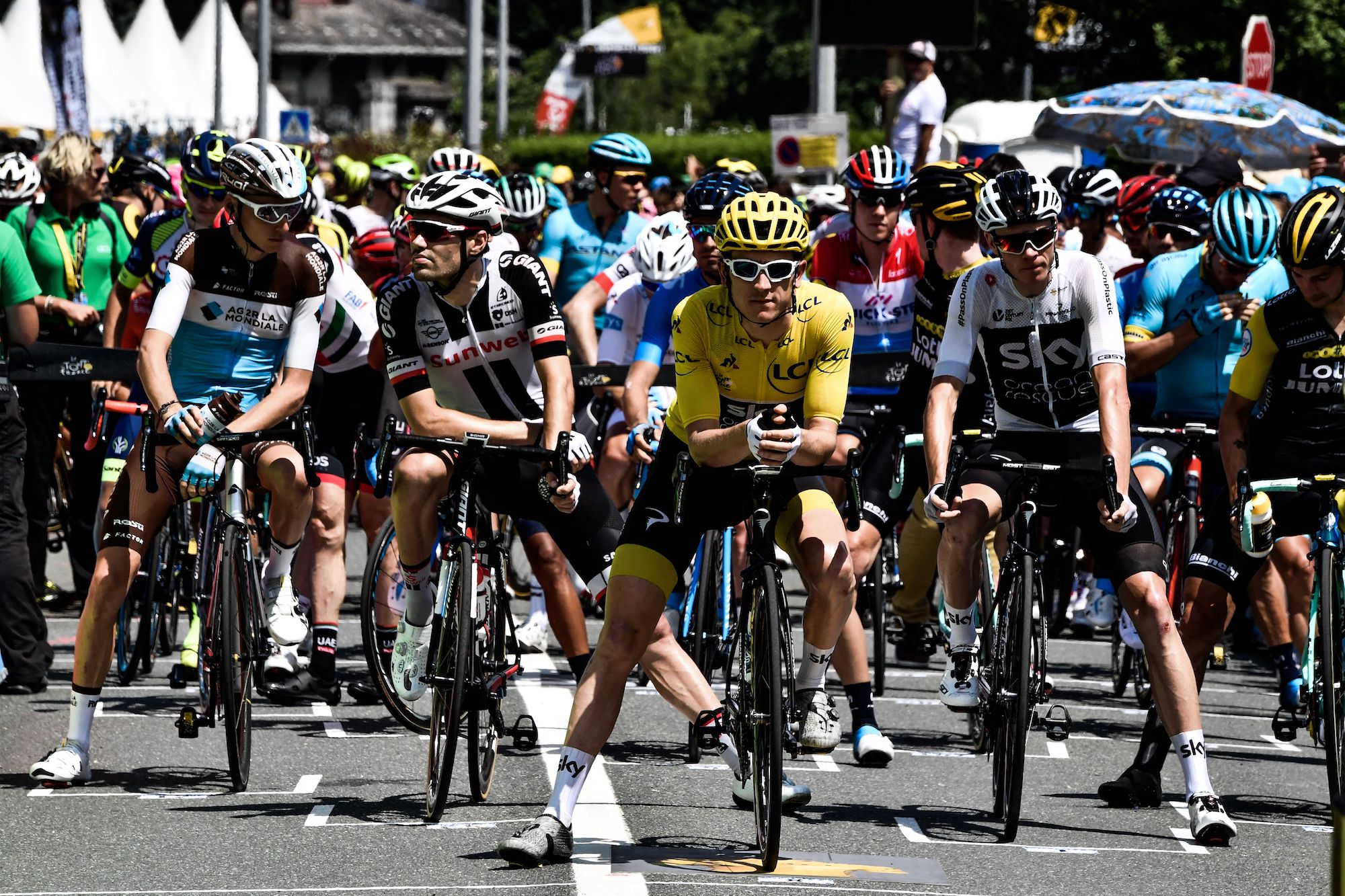
Ok, we're still on stage 17 of last year's Tour, but that's because it was one of the most experimental stages in recent Grand Tours. Yes, the Formula 1 grid-style start accomplished absolutely nothing, with riders just re-assembling themselves into a normal peloton quite quickly, but that doesn't mean it wasn't worth it.
The anticipation as to whether it would actually change anything, the apoplectic detractors saying it was ridiculous, it all contributed to the discussion. Grand Tours are three-week long stories and without these talking points and memory-jogging moments we'd just be left with a list of riders and time gaps.
Sure, the racing does most of the heavy lifting when it comes to capturing the hearts and minds of fans, but the odd added gimmick isn't going to do any harm, and maybe one day we'll stumble across one that works really well and will the change the sport for the better.
Golden kilometres to make the GC race more exciting
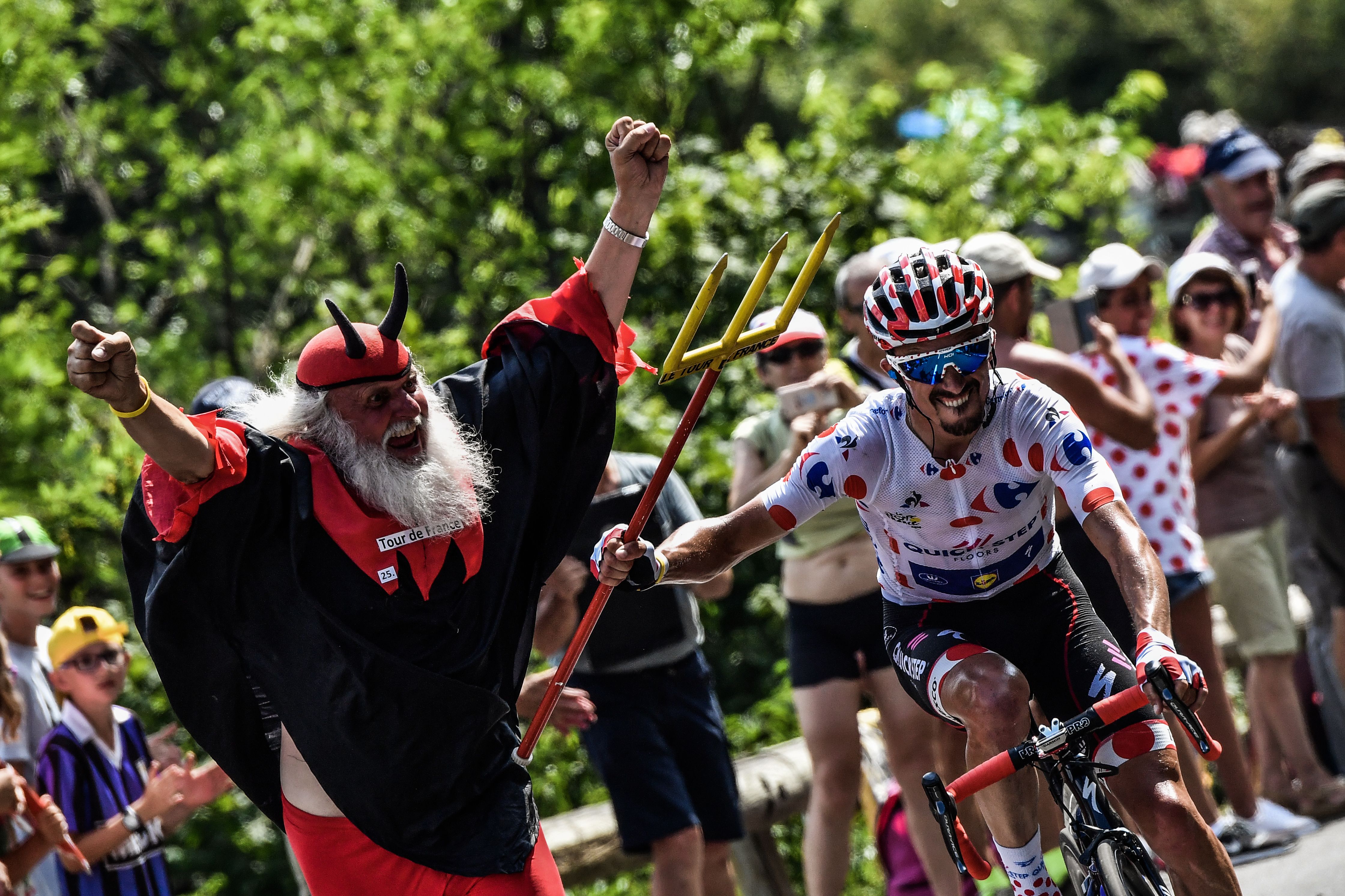
Golden kilometres were adopted in the 2015 Eneco Tour following their success at the Tour of Belgium. Basically, between 25 and 20 kilometres to go in a race, there are three intermediate sprint points in each of the five kilometres, with a three second bonus for the rider crossing in first, two seconds for second place, and one for third. That means a total of nine bonus seconds can be accumulated in a kilometre, a total of 45 seconds across the entire five!
While it would be unlikely the golden kilometres would be contested between GC contenders, it could open the door for puncheurs to contest Grand Tours. If you included golden kilometres on days that weren't in the high mountains, the typically more boring flat days, you would have the likes of Julian Alaphilippe primed to capitalise on all of these bonus seconds on offer.
How great would it be to have an Alaphilippe-style rider be able to attack the overall classification of a Grand Tour in that fashion? Rather than a defensive GC contest with maybe a couple of definitive battles in the mountains, you would have a rider constantly on the offensive, looking to chip away at the advantage of the pure climbers.
Mix up flats with mountains
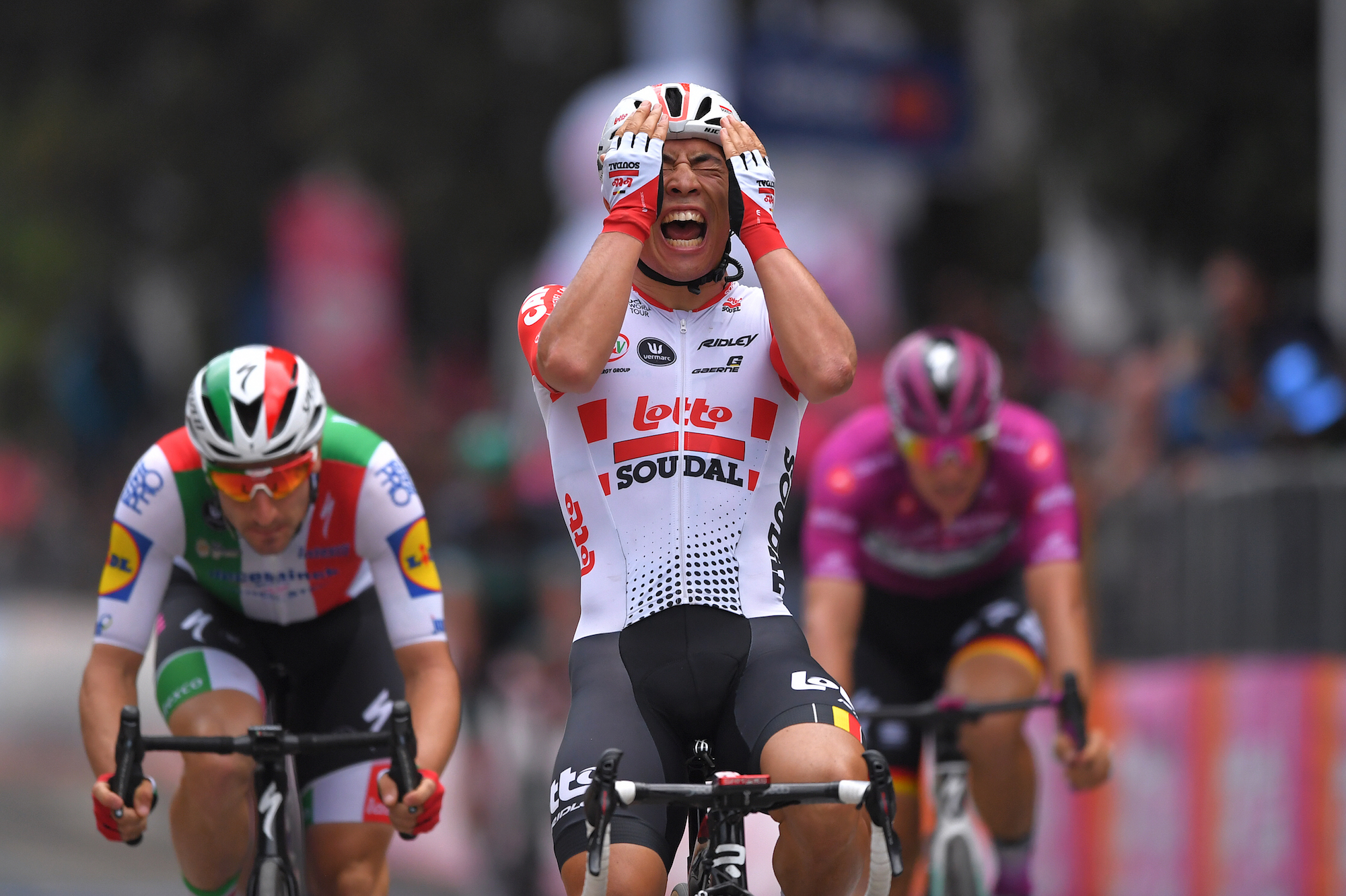
Maybe this is asking a lot of race organisers, but all I'm saying is that at the Giro d'Italia 2019 we had to wait fourteen whole days for some GC action. That is a long time to wait. A long time to watch bunch sprint after bunch sprint. A long time to keep discussing which GC contender you think can go the distance without any information about from their performance in a couple of time trials. Please, no one plan a route like that ever again.
No ceremonial final stages
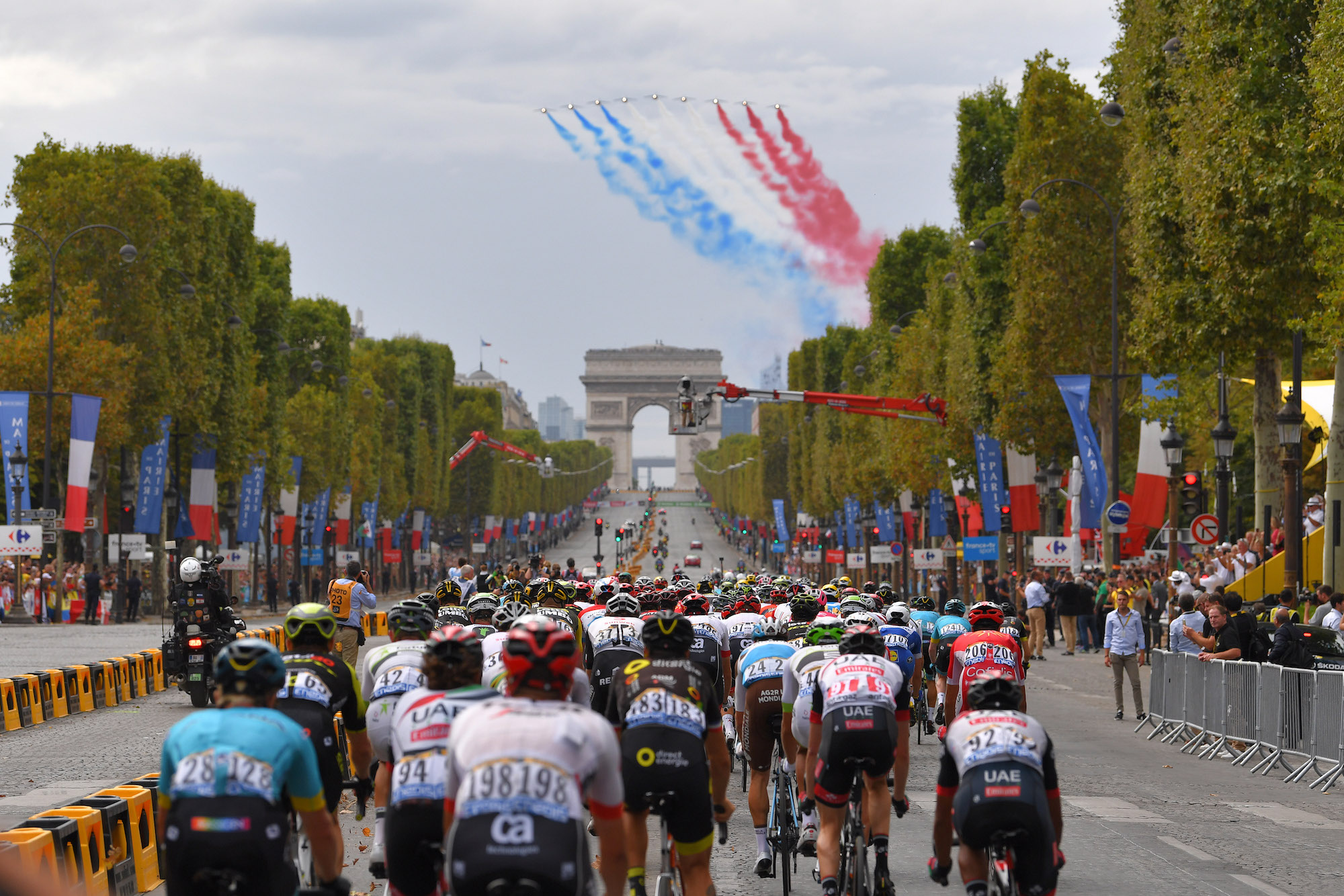
Controversial, but the traditional Champs-Élysées circuit is kind of a waste of the final stage of the biggest bike race in the world. Admittedly it is cool seeing the riders bounce along the cobbles, swinging around the Place de la Concorde, coming out from under the bridge past the Joan of Arc statue, but do we need it every year?
What about if we did it every four years, like the World Cup or the Olympics, or maybe every two to start with, to test the waters. That would make it even more special for those who managed to win the final stage of the Tour de France on the Champs-Élysees, it would become one of the most coveted prizes in professional cycling.
Then, you could potentially finish the Tour with a final battle up an historic climb, Alpe d'Huez or Ventoux maybe, leaving the outcome of the GC battle to the final day. How amazing would that be!
Obviously, this rule would also apply to the Vuelta a España, which finishes in Madrid every year. The Giro d'Italia had no problem doing away with nearly half a century of starting and finishing in Milan to jazz it up a little so why not try it out with the other two?
Limits on the use of race radios
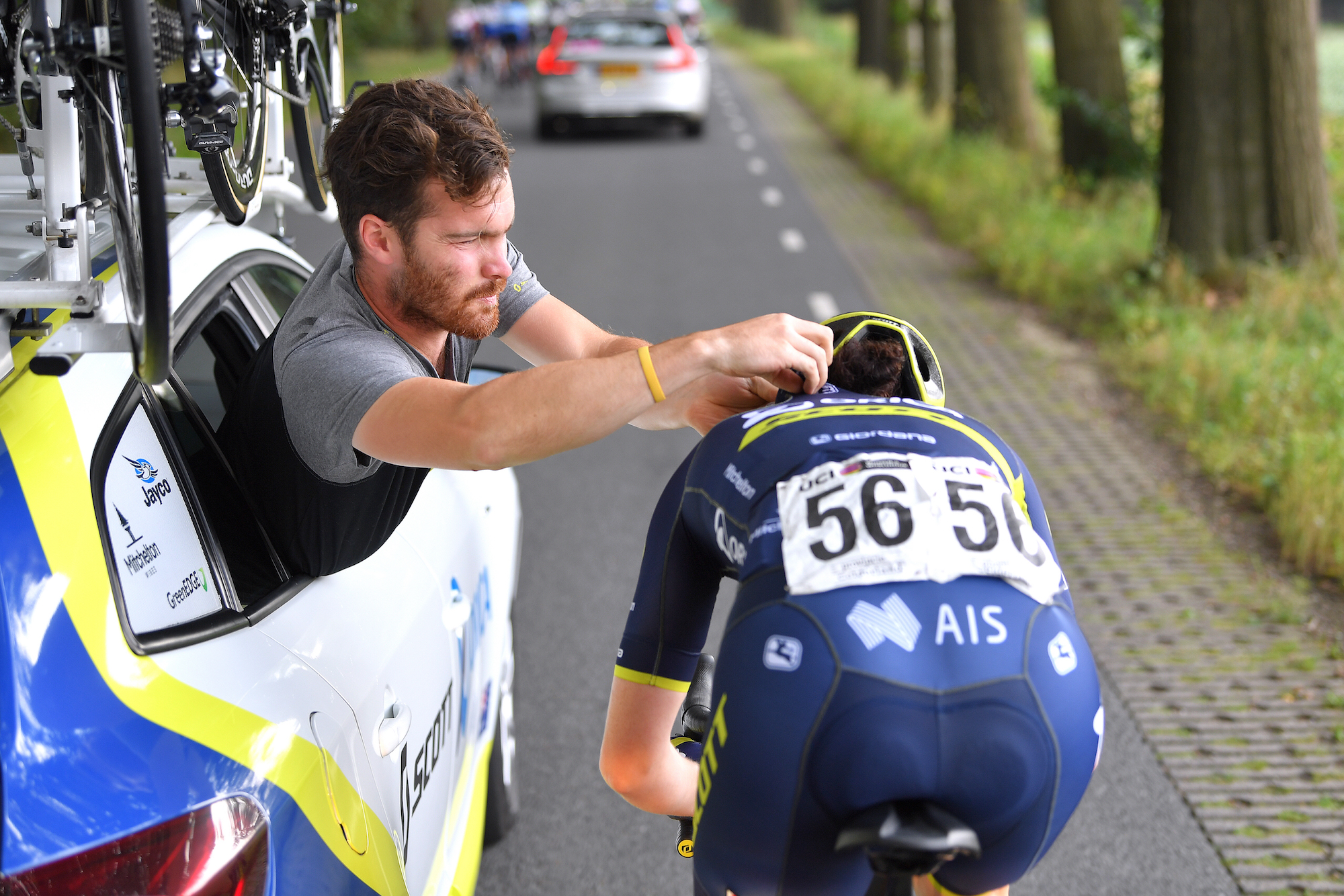
Race radios are undoubtedly really useful if you are in the peloton or a sports director following along behind in a car, allowing teams to better control the race and communicate effectively.
It no doubt has its benefits if a team's rider has a crash and needs assistance, or if a bike change is needed, meaning bike races are less likely to be decided by acts of God, but the question we have to ask is does this make the best viewing experience for the fans?
It would be fun to try out zero race radios for just one stage maybe, in a throwback to how it used to be. Would modern riders be able to adapt? Could someone use the opportunity to put in a devastating attack amidst all the confusion?
Maybe a more reasonable option would be to allow each team only two radios, one for the team car and the other for just one of their riders to have. Equally, you could have an allotted segment of time when the radios would work, allowing for more natural racing, meaning riders would have to race much more on how they feel and their tactical nous than anything else.
Get rid of massive sunglasses

Look at the above picture. You can see a lot of riders clearly struggling, mouths gaping open as they head uphill. But look at Primož Roglič. Look into his eyes. The man is dying on this climb. How do we know this? Because he doesn't have a massive pair of sunglasses covering his eyes.
Let's replace these big, shield-like sunglasses with either clear or transparent ones, so we can see the pain and effort that goes into completing just one stage of a Grand Tour. It will also make the finish line pictures so much better, with all the emotion on the winner's face clear to see.
Have any other ideas of improvements that could make Grand Tours even more exciting? Completely disagree with any that have been put forward? Email jonny.long@ti-media.com

Thank you for reading 20 articles this month* Join now for unlimited access
Enjoy your first month for just £1 / $1 / €1
*Read 5 free articles per month without a subscription

Join now for unlimited access
Try first month for just £1 / $1 / €1
Jonny was Cycling Weekly's Weekend Editor until 2022.
I like writing offbeat features and eating too much bread when working out on the road at bike races.
Before joining Cycling Weekly I worked at The Tab and I've also written for Vice, Time Out, and worked freelance for The Telegraph (I know, but I needed the money at the time so let me live).
I also worked for ITV Cycling between 2011-2018 on their Tour de France and Vuelta a España coverage. Sometimes I'd be helping the producers make the programme and other times I'd be getting the lunches. Just in case you were wondering - Phil Liggett and Paul Sherwen had the same ham sandwich every day, it was great.
-
 Gear up for your best summer of riding – Balfe's Bikes has up to 54% off Bontrager shoes, helmets, lights and much more
Gear up for your best summer of riding – Balfe's Bikes has up to 54% off Bontrager shoes, helmets, lights and much moreSupported It's not just Bontrager, Balfe's has a huge selection of discounted kit from the best cycling brands including Trek, Specialized, Giant and Castelli all with big reductions
By Paul Brett
-
 7-Eleven returns to the peloton for one day only at Liège-Bastogne-Liège
7-Eleven returns to the peloton for one day only at Liège-Bastogne-LiègeUno-X Mobility to rebrand as 7-Eleven for Sunday's Monument to pay tribute to iconic American team from the 1980s
By Tom Thewlis